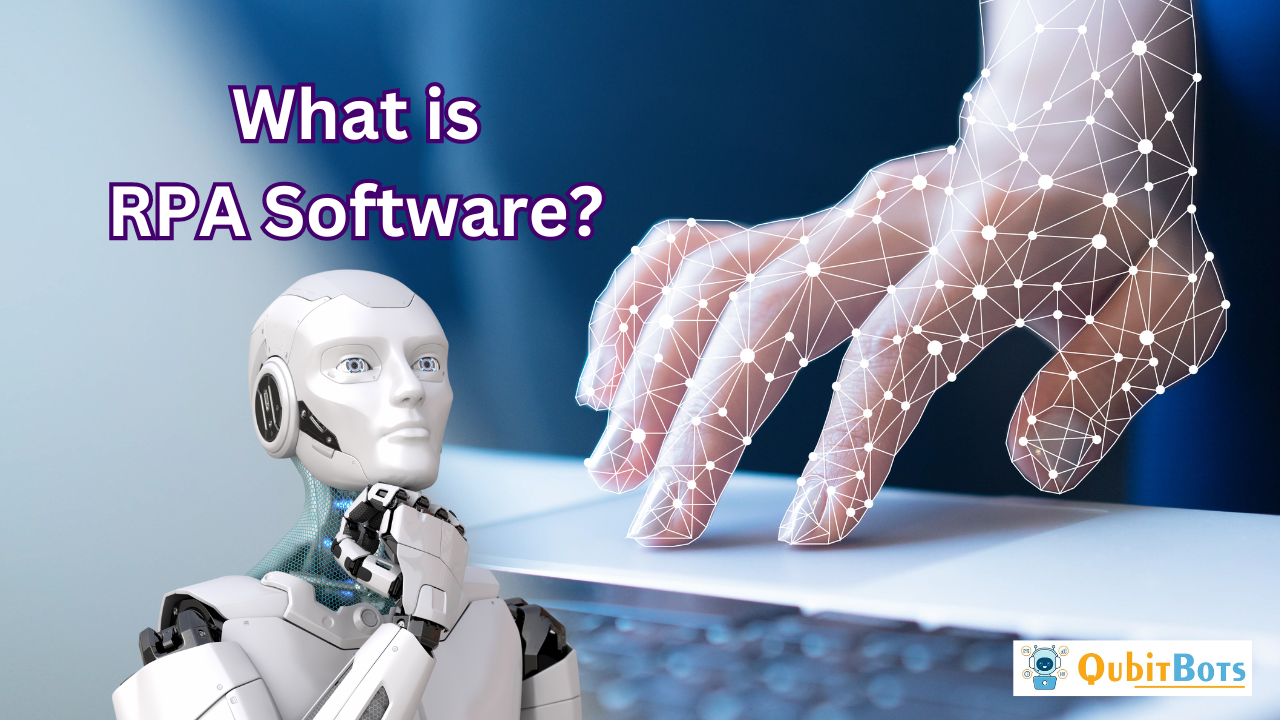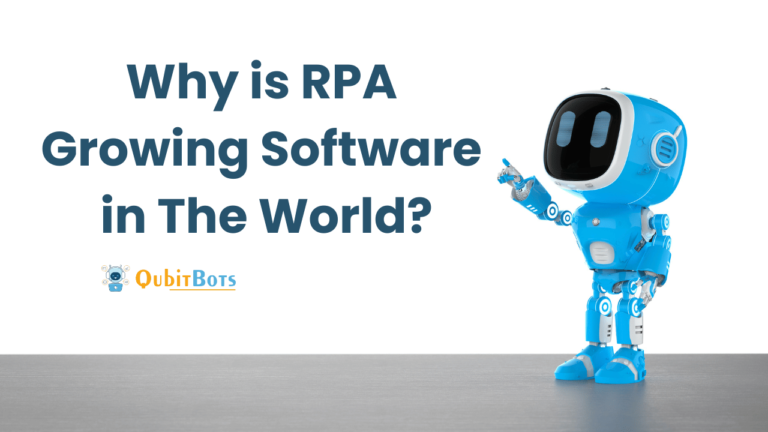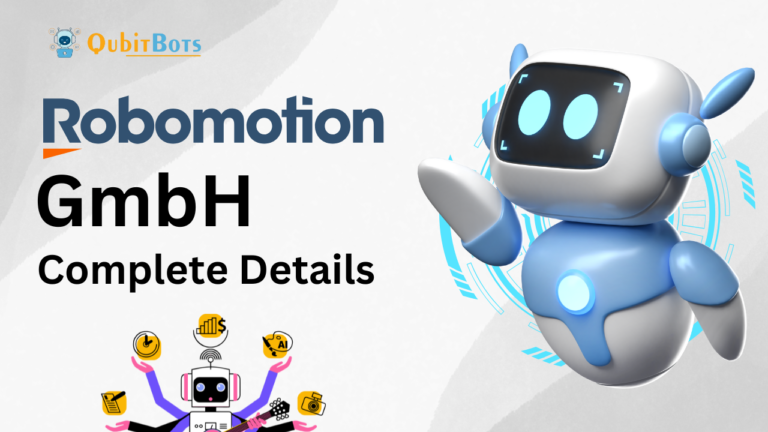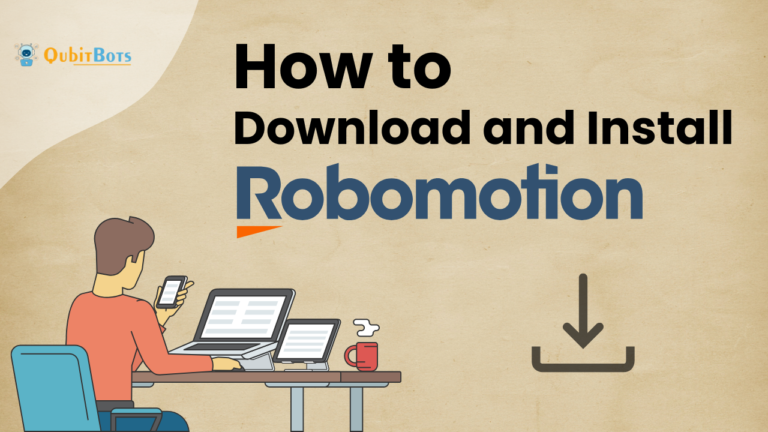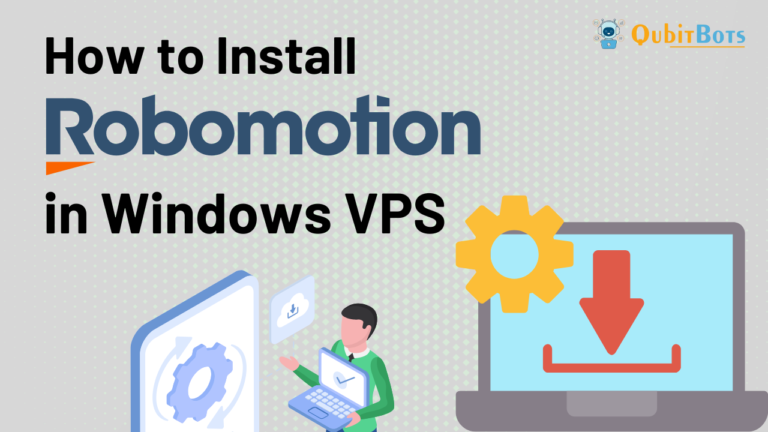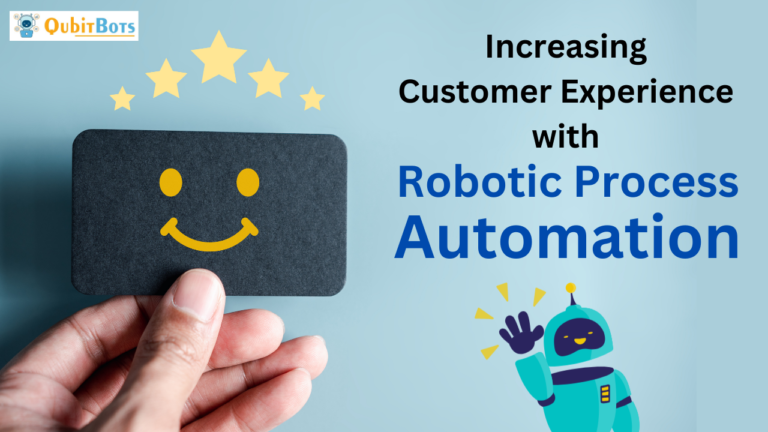What is RPA Software?
What is RPA Software?
Robotic Process Automation (RPA) is a game-changing technology that automates repetitive and time-consuming tasks, allowing businesses to streamline operations and maximize efficiency. Think of RPA as a digital workforce—software robots that mimic human actions to execute various processes quickly and accurately.
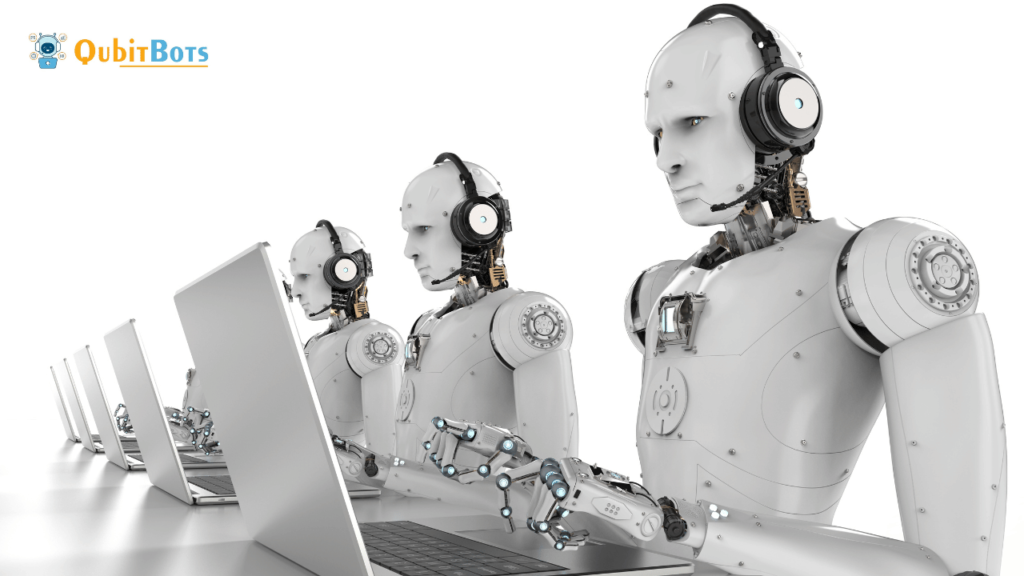
With RPA, users can design bots to perform tasks just as humans would, but with much greater speed and precision. These bots work tirelessly within systems like ACME’s, handling multiple tasks simultaneously and completing them faster than any person could.
One of the standout features of RPA is its accuracy. Unlike human workers, bots don’t need extensive training. They can learn and adapt to specific processes in minutes, reducing errors and ensuring consistency.
How Does RPA Work?
RPA operates by interacting with your existing systems, automating processes that are typically performed manually. It can connect to databases, enterprise web services, and other backend systems, as well as integrate through frontend or desktop connections, depending on your IT needs.

The Benefits of RPA
- Boosted Productivity: RPA significantly enhances productivity by automating repetitive tasks, allowing human staff to focus on more strategic, high-value work.
- Cost Efficiency: While there are initial costs associated with implementing RPA, the long-term savings are substantial. RPA reduces labor costs by handling tasks that would otherwise require human intervention.
- Improved Analytics: RPA provides valuable data for workflow management, enabling businesses to track and optimize performance in real-time. It also helps in identifying areas that may require human intervention, thus improving overall efficiency.
- Scalability: One of RPA’s key strengths is its scalability. Businesses can quickly scale their operations by deploying more bots or enhancing their capabilities with AI and machine learning, ensuring that growth is supported by efficient, automated processes.
- Virtual Workforce: RPA can act as a virtual workforce, enabling businesses to accomplish more with fewer human resources. This virtual workforce is always available, working around the clock to ensure continuous operation.
- Enhanced Customer Satisfaction: By speeding up processes, RPA improves customer service. Bots can handle routine customer inquiries, freeing up human staff to address more complex issues, leading to higher customer satisfaction and loyalty.
- Competitive Advantage: RPA helps businesses stay ahead of the competition by automating error-prone manual processes, increasing agility, and enabling employees to focus on innovation and growth.
- Enhanced Security: RPA ensures that your processes are secure. Unlike humans, bots don’t forget passwords or make careless mistakes. They provide a complete log of all activities, enhancing security and compliance.
- Better Governance: RPA supports the creation of a clear governance structure by monitoring and flagging activities that don’t comply with established frameworks, ensuring that your business remains compliant and secure.
Disadvantages of RPA
While RPA offers numerous benefits, it’s not a standalone solution. To fully leverage RPA, businesses need to integrate it into a broader AI strategy, with proper governance, architecture, and workforce planning. Without this integration, the value of RPA may be limited.
Industries Adopting RPA
RPA is gaining traction across various industries, including:
- Insurance: Automating paperwork and claims processing to improve efficiency.
- Healthcare: Streamlining patient records management and data entry.
- Finance: Reducing the need for manual staff, enhancing flexibility, and maximizing returns.
- Supply Chains: Enabling scalable operations that adapt to changing business models.
FAQ – What Is RPA Software?
- What is RPA and how does it work?
RPA is software that automates business tasks by mimicking human interactions with systems, such as clicks and typing commands. - What technology is used in RPA?
RPA leverages AI and machine learning to handle high-volume, repetitive tasks that were traditionally done by humans. - How useful is RPA?
RPA helps businesses automate internal processes, freeing up employees to focus on strategic decision-making. - Why is RPA used?
RPA is used to optimize business processes, reduce errors, and improve efficiency across various industries. - Who needs RPA?
Any business looking to enhance customer service, streamline operations, and reduce costs can benefit from RPA. - Is RPA similar to AI?
RPA works best with structured inputs and logic, while AI handles unstructured inputs and learns from them. Combining RPA and AI creates fully autonomous processes.

